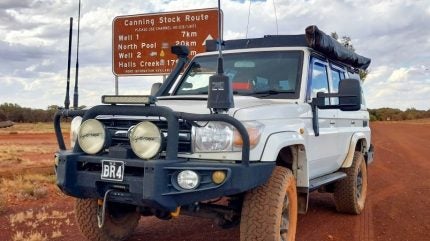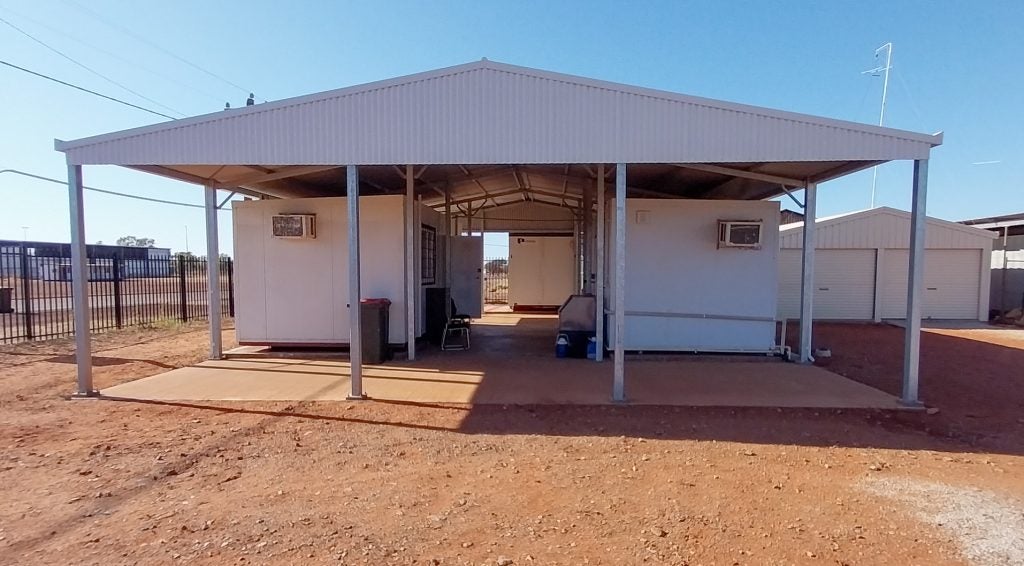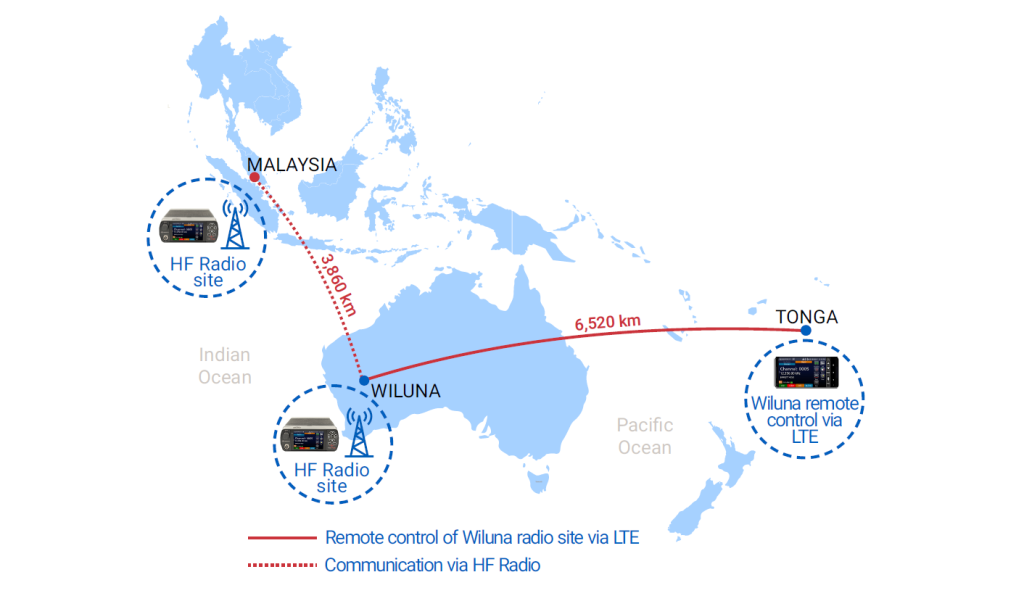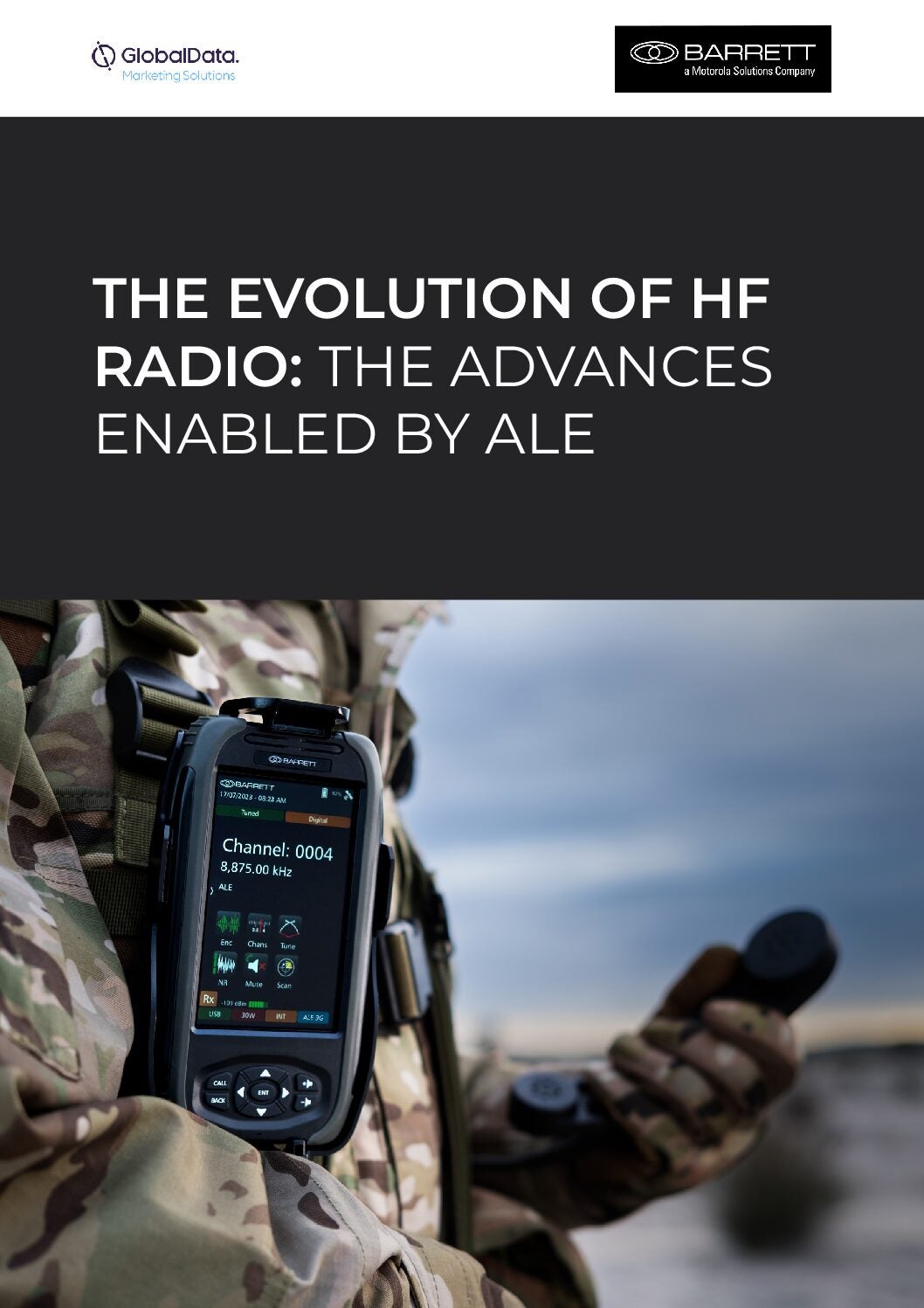
In 1896, gold miners hit the jackpot in Western Australia. Mining projects brought residents to the area, and the town that they established would become known as Wiluna. Its industry and population peaked in the 1930s, but since then numbers have fallen and many of the mines have closed. Wiluna is currently home to around 300 people, with a further 1,300 in the surrounding county.
Despite its size, the town holds remarkable significance in the field of high-frequency radio. HF radio uses the ionosphere to transmit signals over thousands of kilometres, enabling secure, long-distance communication. Situated 1,000km from Perth, Wiluna is well-placed to host both testing and transmission infrastructure.
Marine weather warnings and distress calls
AMSA’s Wiluna Radio (VMW) is one of only two transmitters broadcasting hourly marine weather information and warnings from the Australian Bureau of Meteorology over HF radio. Routine weather forecasts are also transmitted six times a day. In addition, the network is used to make broadcasts for search and rescue purposes when necessary.
Alongside transmission, the station monitors offshore distress calls for the region, which are remotely managed by the Rescue Coordination Centre in Canberra. Wiluna covers the coastlines of Western Australia, South Australia, and the Northern Territory, whilst its counterpart in Charleville (QLD) does the same for the other half of the country.
GMDSS coastal networks
The Global Maritime Distress and Safety System (GMDSS) incorporates an internationally agreed-upon set of safety procedures for radio distress calls, ensuring ships have the communication tools in place to contact onshore authorities in an emergency. Through Wiluna Radio, the Australian Maritime Safety Authority (AMSA) receives these signals and can provide assistance to those in need.
The town’s involvement in GMDSS compliance does not end there. Wiluna is home to an HF radio testing station for Barrett Communications, a leading supplier of HF radio communication systems.

Barrett Communications produce a variety of HF radio products to meet communication needs, whether for coastal networks, military operations, or communities facing natural disasters. The company’s 4075 High Power HF Transmitter offers a rack-mounted solution for large-scale HF communication base stations, and is used by GMDSS coast radio networks around the world.
Technical information on HF radio sites
The company’s HF radio site in Wiluna is approximately 22km east of the VMW HF site and is regularly used to develop new systems.
Equipment at the Barrett Wiluna site consists of:
– Transceiver – 1 x Barrett 4050 HF SDR Transceiver (100watts pep) with a 4022 24V power supply
– Antenna – Barrett 912 Multiwire broadband dipole antenna deployed on a Barrett 10m Air transportable mast in an inverted “V” configuration
The HF Radio site in Bibra Lake at the Barrett HQ consists of:
– Transceiver – 1 x Barrett 4050 HF SDR Transceiver (100watts pep) with a 4022 24V power supply
– Antenna – Barrett 912 Multiwire broadband antenna deployed between two permanent masts.
The 4050 HF SDR Transceiver at both sites is connected to the internet (LTE) via a router/modem which allows full remote control of the station from any location over the internet.
Furthermore, The Barrett Wiluna site is installed in an existing building supplied by, and with the support of the Shire of Wiluna. In addition, the Wiluna site is used by the Australian Department of Defence for defence industry integration activities, with Barrett support.
Both sites can be operated remotely over the internet (LTE) via the Barrett 4000 Series HF remote control app. For example, recently Barrett personnel were working on a project in Tonga and remotely operating the Wiluna HF radio from that location over the internet. They were communicating over HF radio with a Barrett 4075 high-power transmitter located in Malaysia.

The Wiluna HF station is ideal in terms of distance from Bibra Lake at 1,000km as this represents one “Ionosphere skip zone”.
Innovations are changing the game for communications. But with the continued importance of HF radio globally, the Wiluna site will continue to play an important role for years to come.
To find out more about the evolution of HF radio, download the document below.



